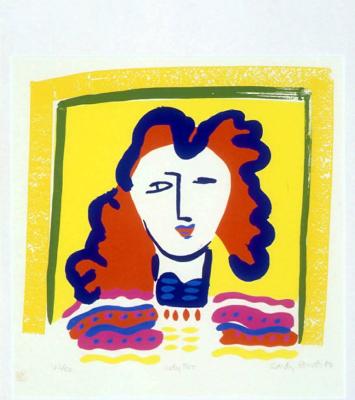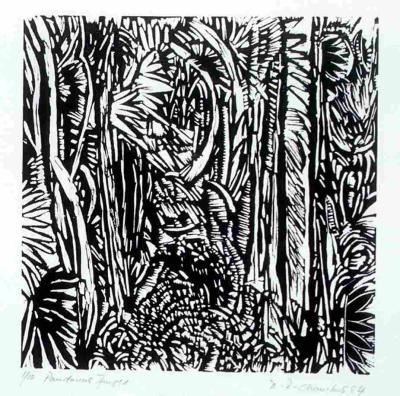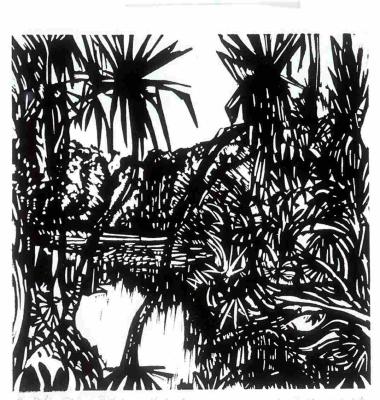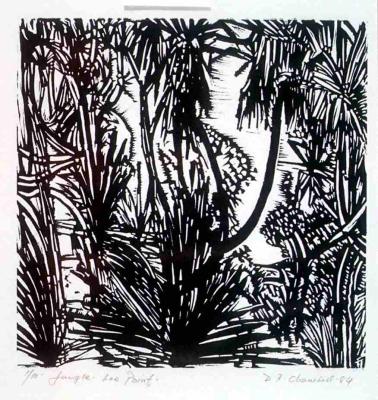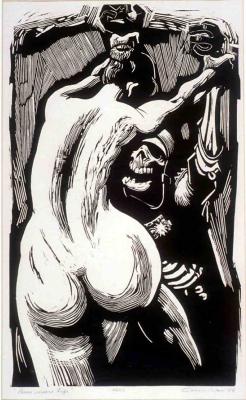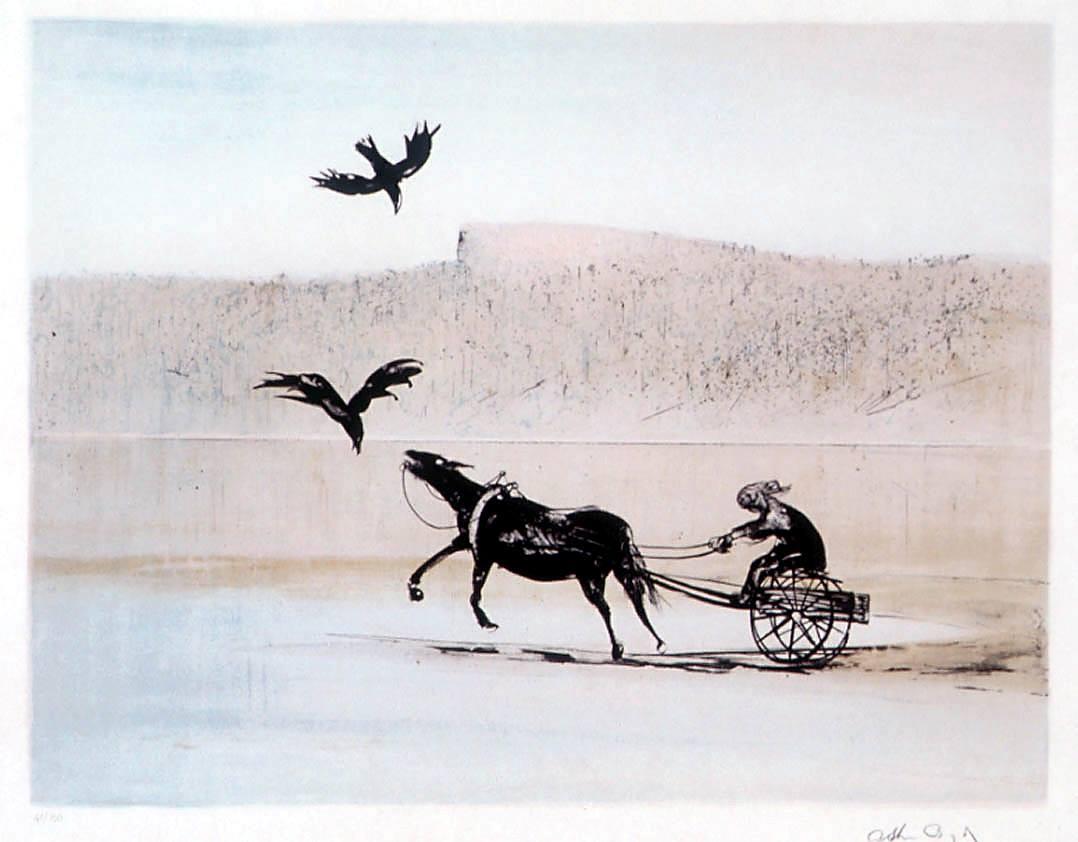Jinker on a sand bank
1978Six colour lithographs printed by Curwen Studio, London on Saunders mould made paper.
Details
Details
Arthur Merric Bloomfield Boyd (1920-1999) stands as one of Australia's most esteemed artists, with a legacy spanning major international art venues and public galleries worldwide. His artistic prowess has earned him recognition on numerous occasions, including representing Australia twice at the prestigious Venice Biennale and receiving accolades such as the H G Richards Memorial Prize. His contributions to the arts were further honoured with the Order of Australia and the Companion to the Order of Australia. Beyond painting, Boyd demonstrated his versatility as an accomplished sculptor and ceramist, notably contributing to the design of the tapestry in the reception hall at Parliament House, Canberra.
Born into a family renowned for its artistic heritage, Boyd inherited a rich tradition from his grandfather, Arthur Merric Boyd, a distinguished New Zealand landscape artist who settled in Australia, and his grandmother Emma Minnie, a talented painter from the A'Beckett family. Under his grandfather's tutelage, Boyd honed his skills in landscape painting within the Heidelberg tradition, while also learning the craft of ceramic art from his father, Merric Boyd. Art and religion intertwined in the fabric of family life, shaping Boyd's formative years.
Embarking on his artistic journey, Boyd held his inaugural exhibition at the Seddon Gallery in Melbourne at the tender age of 17. Evolving from the stylistic influences of the Heidelberg School, Boyd embraced a darker palette and more expressive brushwork, a transition underscored by encounters with social realist Yosl Bergner and expressionist artist Danila Vassilieff. As a member of the Angry Penguins and sharing a studio with John Perceval, Boyd's paintings of this period revealed a signature tension, exploring themes such as love and loathing.
Deepening his artistic exploration, Boyd delved into the works of European Masters like Brueghel, Bosch, and Rembrandt, infusing religious themes with contemporary relevance and local landscapes. His acclaimed series of landscapes inspired by the Wimmera region garnered widespread acclaim, solidifying his reputation within the Australian cultural sphere.
Transitioning his focus to ceramics in the early 1950s, Boyd produced notable sculptures alongside his celebrated Bride Series, which captivated audiences internationally. These poignant allegorical paintings, also known as "Love, Marriage and Death of a Half-Caste," shed light on the struggles faced by half-caste Aboriginal people and poverty, drawing inspiration from Boyd's observations during his travels.
Throughout his career, Boyd continued to explore landscape, mythology, and allegory, dividing his time between Britain, Tuscany, and the Shoalhaven River in NSW. His artistic endeavours extended beyond painting, encompassing set design for major London productions, leaving an indelible mark on the global art scene.

